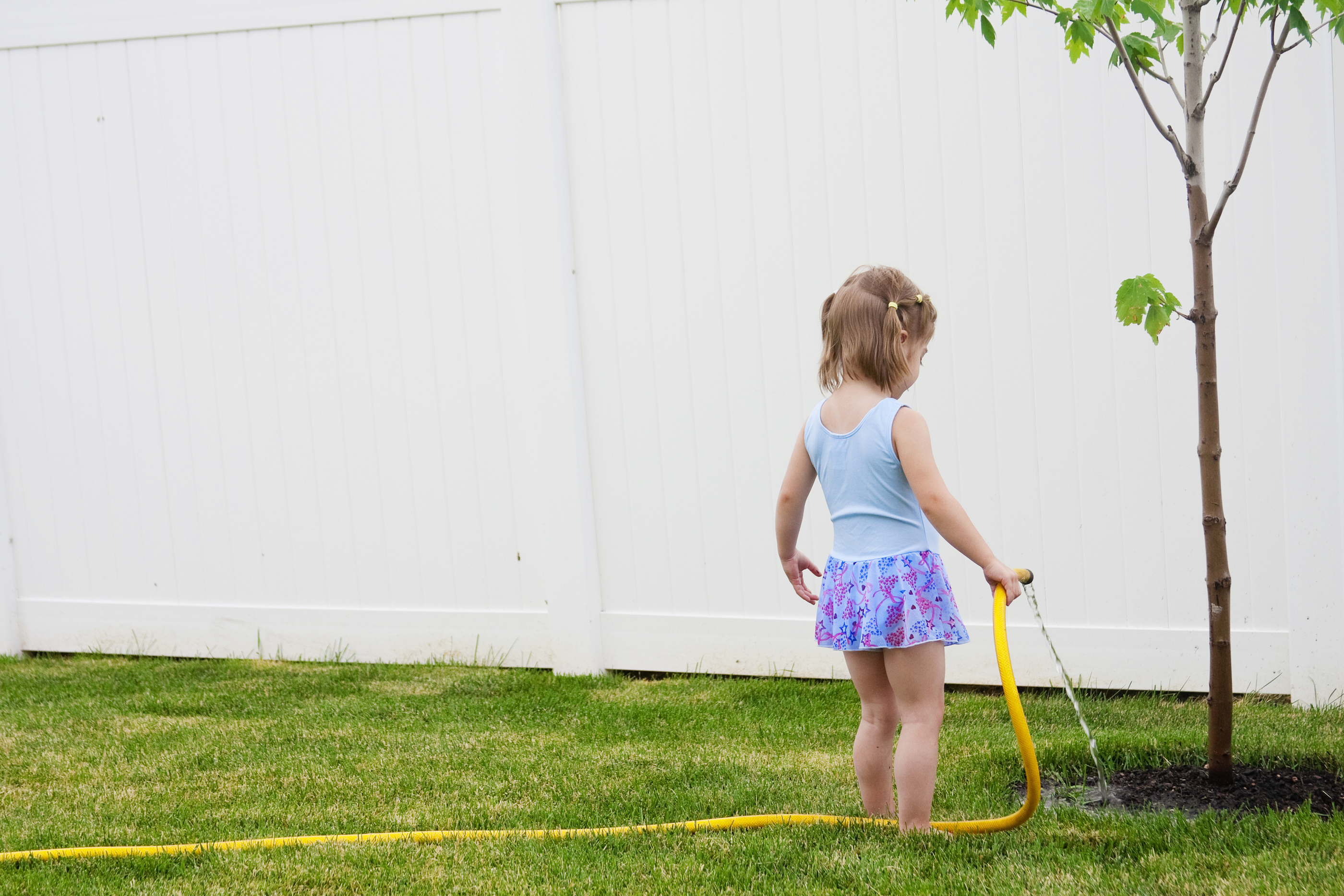Ways to Save

Making small changes at home can make a big difference in your bill.
Although 70 percent of the Earth's surface is covered with water, less than 1 percent can actually be used by people. Water conservation is a global issue and we can help right here in our community. By changing just a few things at home, you're not only helping to save water, you'll be saving on your bill.
Reduce your water use
Shower vs. Bath:
- Baths use 35 to 50 gallons
- 10-minute shower with low flow shower head uses about 25 gallons of water
High-Efficiency Toilet vs. Old Toilet:
- Older toilets can use about 7 gallons of water per flush
- High-efficiency toilets use about 1.6 gallons of water per flush
Dishwasher vs. Hand-Washing:
- You can use up to 27 gallons per hand-washed load
- Dishwashers use about 6 gallons of water per cycle
Hand-Watering vs. Irrigation System:
- Irrigation systems use approximately 5,800 gallons of water per month (4 zones, 10 minutes per zone, 3 times a week)
- Hand-watering uses about 2,100 gallons of water per month (9 gallons per minute, 20 minutes, 3 times a week)
Check for leaks
Fix or replace leaking or dripping faucets and toilet fixtures to conserve water use and save on your bill.
- A running toilet can waste a gallon of water in about 30 seconds. Because there aren't visual signs that your toilet is running, the problem can persist without your knowledge. Meanwhile, you don't realize there's a problem until you get your water bill and see all the water that's been wasted. Running toilets are often a simple fix and are brought on by a faulty flapper or float in your toilet's water tank. We recommend replacing a faulty flapper with a red one, as opposed to a black one, because it's longer lasting and chlorine-resistant.
- A leaky faucet that drips at the rate of one drip per second can waste more than 3,000 gallons per year. That's the amount of water needed to take 180 showers.
- A leaky shower head that drips 10 times per minute wastes more than 500 gallons of water per year. That's the amount needed to wash 60 loads of dishes in your dishwasher.
How to perform a 2-hour leak check:
- Make sure you're not using any water and all taps are off.
- Get a reading on the meter.
- Continue to not use any water for about 2 hours.
- After 2 hours, get another reading and compare your results.
- If you get different readings, you have a leak.
- To help narrow down the source of the problem, perform the test again after shutting off your main house valve. If usage still registers, your problem is in your plumber's line (water line going from the meter to the home.) If not, the problem is likely somewhere in the home.
Reading your meter:
- Locate your water meter box.
- Open the cover on the meter face to expose the meter to the sun.
- Your meter should light up, allowing you to read the numbers on the face of the meter display.
- You read your water meter just like the odometer of your vehicle.
Additional resources
Download Customer Guide to Residential Water and Wastewater Utility Services
Download Customer Guide to Residential Water and Wastewater Utility Services in Spanish
Lawn Watering Limits from South Florida Water Management District
See "50 Ways to be Water Smart" from South Florida Water Management District: